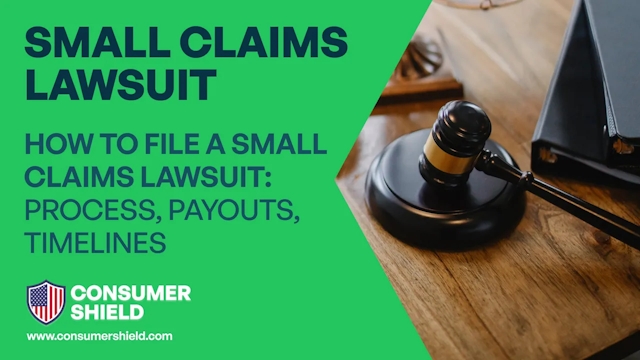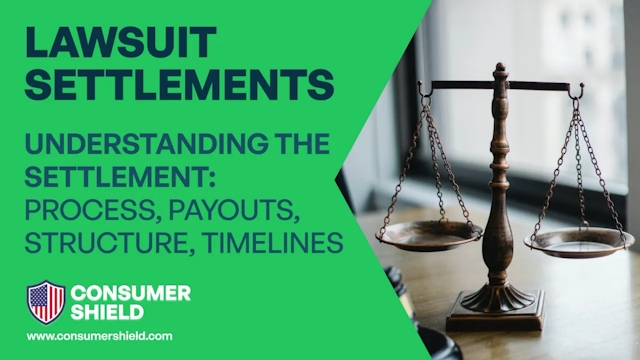Product liability cases fall into a different category from many other injury claims. Most injury claims fall under the legal theory of negligence. While negligence can be used to pursue compensation after a product injures you, most product liability claims fall under strict liability.
Strict liability provides significant benefits for claimants. While negligence requires proof that the at-fault party knew or should have known the risks posed by their actions, strict liability cases don't require any such knowledge. Instead, a company can be liable for injuries caused by its defective products even though it was unaware of the defect.
Famous Product Liability Cases
To prove liability, you must prove the product included a defect when it left the manufacturer’s hands. You must also show that the defect caused their injuries. Defects can take the following three forms:
- Design defects
- Manufacturing defects
- Warning or instruction defects
The easiest way to explain these cases is through examples. Some of the biggest and best-known litigations in U.S. history involved product liability cases. Examples of these well-known cases include the following:
Design Defects
Design defects occur during the initial design of a product. As a result, lawyers sometimes refer to these products as inherently defective. In other words, the defect cannot be separated from the product because it is integrated into the product’s design.
Under strict liability principles, injured consumers do not need to show the manufacturer intended to design a dangerously defective product. Instead, most states simply require you to show the product has no safe use or its dangers outweigh its risks. There are two famous examples that, coincidentally, fall into each of these tests.
Thalidomide was a morning sickness medication prescribed to women during early pregnancy to counteract the nausea and vomiting characteristic of the first trimester. Unfortunately, Thalidomide also causes birth defects.
In this case, the medication was inherently defective. The same chemical that treated morning sickness also caused birth defects. Equally importantly, the defect was not simply a side effect. Since the defect was inherent in the chemical makeup, the product had no safe use. In other words, mothers with morning sickness are pregnant, and pregnant women cannot use it because it can harm the fetus.
Lawn darts provide another example of a product with a design defect. This game included oversized darts that children were supposed to throw at a target lying on the lawn. As you might expect, these darts injured several children.
In determining that these products contained a design defect, it does not matter that almost every reasonable person who has seen them can foresee the dangers they pose. Under strict liability, foreseeability and reasonable care are unnecessary. Instead, lawn darts contain a design defect because the utility of playing a game outweighs the danger of injuring or killing a child while using them for their intended purpose.
Manufacturing Defects
Manufacturing defects occur at the factory. In other words, the product is useful and safe when manufactured correctly. However, a flaw was introduced during the manufacturing process that made the product dangerous. Two famous defective product cases involved manufacturing defects.
In the 1990s, there was a lot of concern that SUVs rolled over too often during crashes. Blame eventually fell on tire manufacturer Bridgestone/Firestone. Tests showed that some of its SUV tires were prone to tread separation.
Tires are made of layers of material adhered together. The tires from one Bridgestone/Firestone factory had an incorrect thickness of adhesive between the layers. As a result, those tires would fail, leading to car accidents in which drivers lost control and the SUVs rolled over.
Another example is still happening. Takata airbags were installed by almost every major manufacturer of cars starting in the late 1990s until the 2010s. As a result, millions of vehicles had to be recalled when these products were found to be defective. These defects still affect drivers today since some car owners did not obtain the free recall repair and may be using or even selling cars with dangerously defective airbags.
The flaw in the Takata airbag comes from a mismatch between the chemicals used to inflate the airbag and the housing used to contain it. In theory, the housing should be made strong enough to contain the explosive force of these chemicals. Instead, the metal used in the inflator can rupture when the airbag inflates, causing burn injuries and showering the vehicle occupant with metal shrapnel.
Warning or Instruction Defects
Products are dangerously defective if they either fail to explain how to use the product safely or warn against foreseeable misuse. In other words, warning defects occur in products that are useful, safe, and manufactured properly. The only defect is that the manufacturer failed to advise the consumer of its safe use.
Chemical exposure cases often fall into this category. Roundup is a powerful weed killer that was marketed as safe for users to apply. Asbestos is a naturally occurring mineral that is heat and fire-resistant. In both these cases, the manufacturers failed to warn users to wear protective equipment to prevent inhaling the products.
As a result, people who inhaled Roundup developed non-Hodgkin’s lymphoma. Those who inhaled asbestos developed mesothelioma, leading to rounds of Roundup lawsuits.
Learn More About Product Liability Cases From ConsumerShield
ConsumerShield helps consumers understand their legal rights. We also find qualified and experienced attorneys to guide them through the injury claim process. Fill out our contact form to request a free case evaluation and learn how we can assist you.







